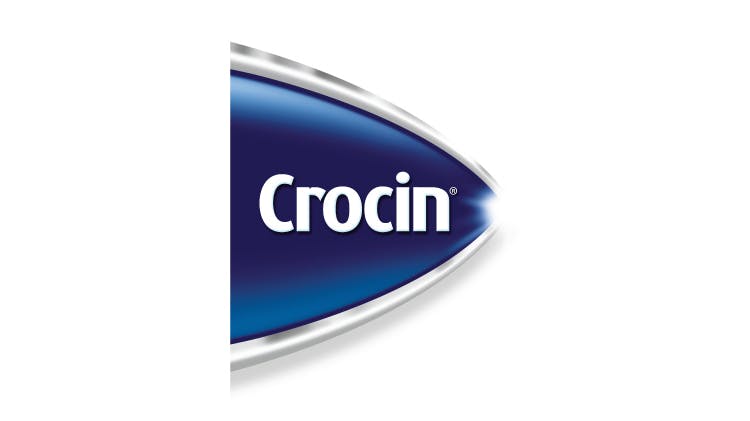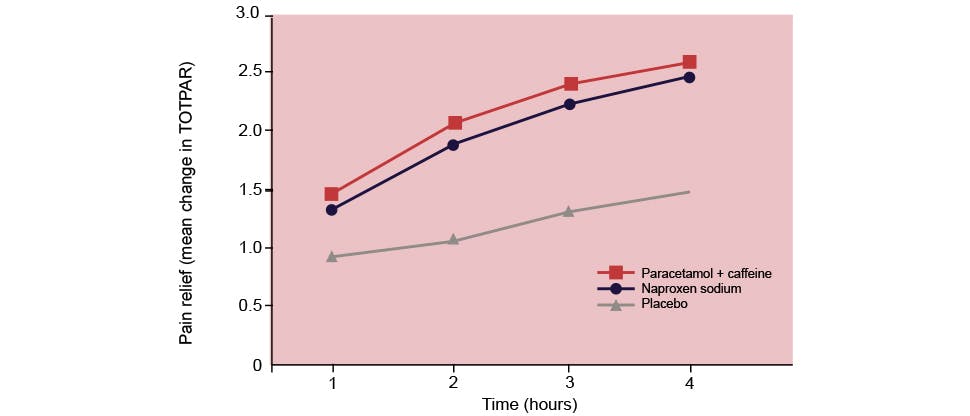Crocin Pain Relief
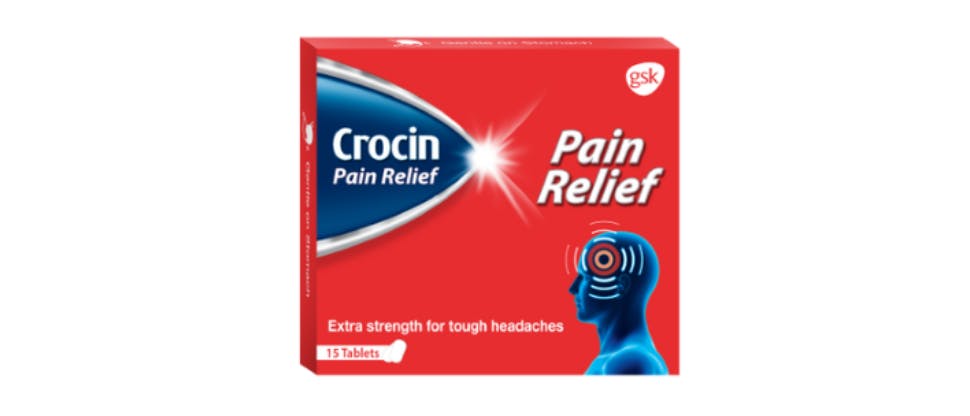
Extra strength for tough pain1-3
With a dual formulation that fights tough pains such as headaches,1,4. 1 The addition of caffeine to paracetamol enhances the pain relief effect of paracetamol.7-9
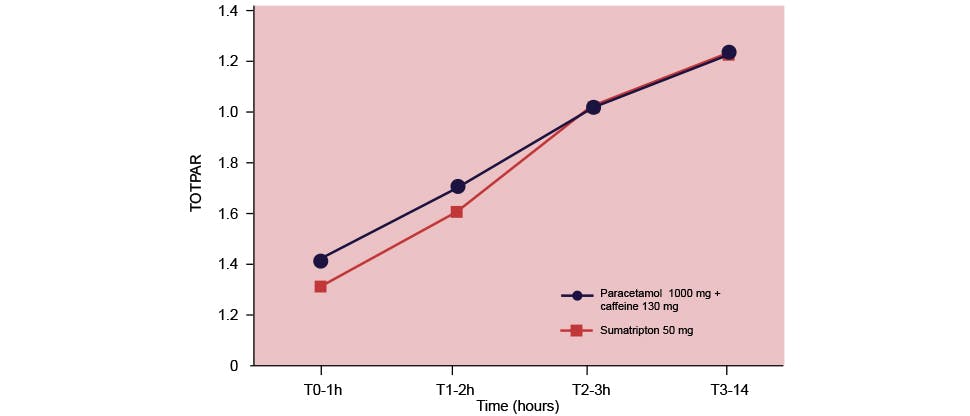
Effective relief even for migraines5
In a randomised, double-blind, cross-over phase IV, controlled trial, 92 patients with migraine were given either paracetamol 1000 mg + caffeine 130 mg or sumatriptan 50 mg.5
Paracetamol and caffeine combination was as efficient as sumatriptan (generally used to treat migraines) for pain relief.5
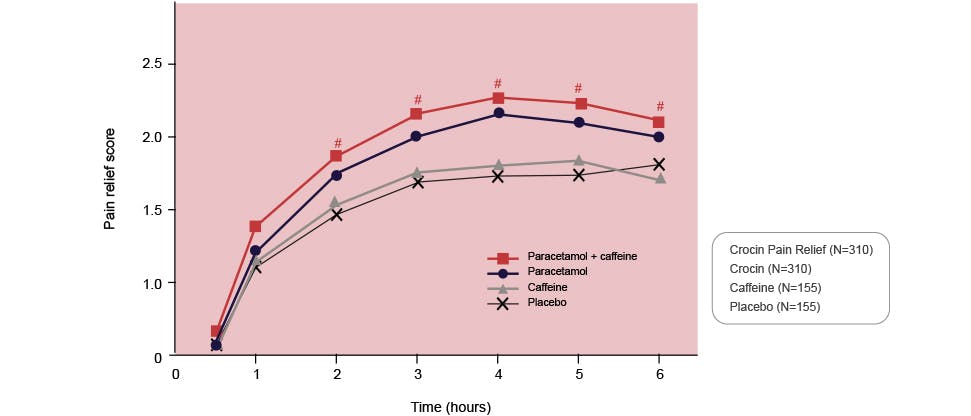
Significant relief from menstrual pain1
This was a single-dose, placebo-controlled, double blind three-way crossover study in women with moderate-to-severe dysmenorrhoea (n=320). The total pain relief (TOTPAR) was assessed for 1000 mg paracetamol + 130 mg caffeine, 1000 mg paracetamol alone and 130 mg caffeine alone or placebo.
Crocin Pain Relief provided significantly more pain relief than standard paracetamol tablet.1
Recommend Crocin Pain Relief to fight tough pains
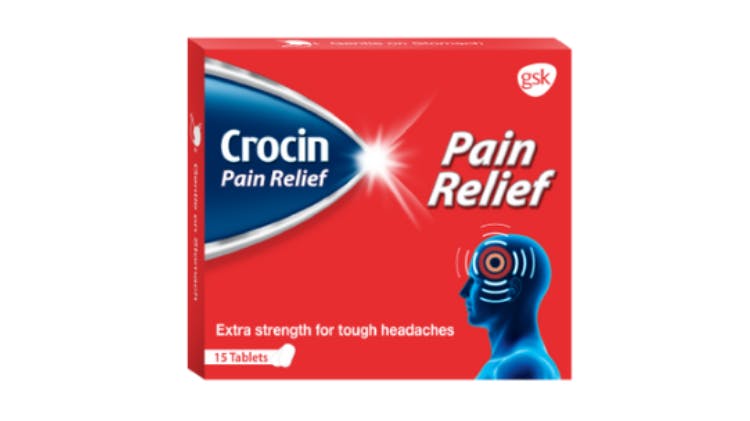
Crocin Pain Relief
Dual “active” formulation that fights tough pains.1,3-6
Learn more
Managing migraines with Crocin Pain Relief
Specially tailored for pharmacists, learn how to manage migraines in your patients and, how and why Crocin Pain Relief can be recommended to them.
Be a pain changer
An easy to use tool for pain assessment in your patients or customers.

Paracetamol
Paracetamol or acetaminophen is one of the most used analgesic and antipyretic over-the-counter drugs globally.13
